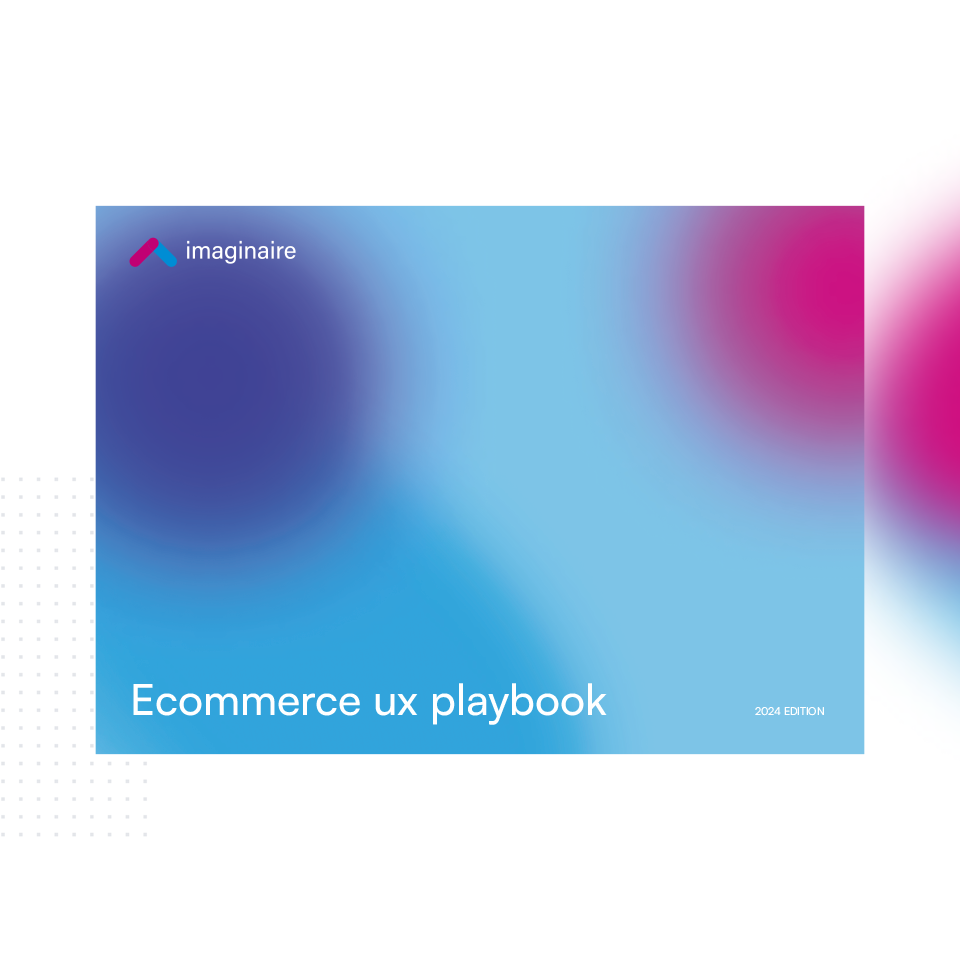Google Shopping can be a game-changer for businesses looking to enhance their online presence and boost sales. Whether you’re part of an in-house marketing team or just released your own product line, mastering Google Shopping can give you a significant edge over your competitors.
From setting up your campaigns to optimising your product listings and analysing performance, it’s important that you are making the most of your Google shopping account and optimising your campaigns in a way that works for your business but most importantly, your customer. This guide will talk you through the features and strategies needed to optimise your campaign, providing insights for current, past and future projects.
Ways to optimise your Google Shopping campaign
Optimising your Google Shopping campaign is essential for maximising your ROI and ensuring your products reach the right audience. Here are some effective strategies to help you get the most out of your Google Shopping campaigns:
Optimising your product feed
The product feed is where Google pulls data about your products to serve your ads. This section needs to be complete with all the necessary attributes in order to help Google match your products with relevant searches and enquiries. Optimisation includes adding information such as detailed and relevant product titles and descriptions as well as using high-quality imagery to boost the attractiveness of a product.
Using negative keywords
Add negative keywords to prevent your ads from showing up in irrelevant searches. This can help reduce wasted spend and also improve your campaign relevance. Instead, focus on doing your keyword research and choosing relevant keywords for all aspects of a product ad.
Segmentation
No matter how much stock you own, segmentation can allow for more precise bidding strategies and keep the online inventory organised. There are 2 main ways in which you can segment your products, the first being to create product groups ( organising them in specific groups based on categories, price and performance ) and the second being custom labels ( a tagging strategy with specific attributes such as seasonal items or best sellers ).
Optimising bidding strategies
In order to make the most out of the bidding, you must first decide whether manual or automated bidding works best for you and your campaign goals. You can then adjust bids by performance by regularly reviewing your campaign and making any adjustments.
Enhancing mobile experience
Like with any online campaign, your Google shopping needs to be utilised to suit mobile users, especially with so many customers now shopping directly from search engines and social commerce platforms. You can optimise the mobile experience by ensuring your landing pages are mobile-friendly, the site is fast loading and bidding is tailored to mobile use.
Recording and analysing data
By carrying out regular performance reviews you can track how your campaign is doing using platforms such as Google Analytics and Google Ads Report. These softwares will identify trends and areas for improvement as well as delve deeper into how your customers are reacting.
A/B testing will also allow you to test different elements of your campaigns such as product titles, images and future optimisation strategies.
Promotions and discounts
With so much competition online, offering promotions and discounts is an effective way to attract customers and build more clicks. When running a Google shopping campaign, make sure to highlight any special offers you have running, whether it be a student discount, free shipping or a recent sale. Similarly, you should also focus on building your Google reviews in order to attract more customers and build trust amongst buyers.
Stay on top of trends
No matter what industry you’re from, there will always be trends, whether they be industry-specific or a generic ecommerce one. By staying on top of these trends you can also stay in line with customer behaviours and give yourself a competitive edge.
Another thing to consider when running a Google Shopping campaign is the updates coming directly from Google. You will want to stay up to date with any updates or new features they come out with, ensuring you’re leveraging all the available tools and strategies available to you.
Google Shopping for Ecommerce Business
We specialise in working with established ecommerce brands to help them grow their shopping campaigns
Request a free quote or get in touch with the team today
